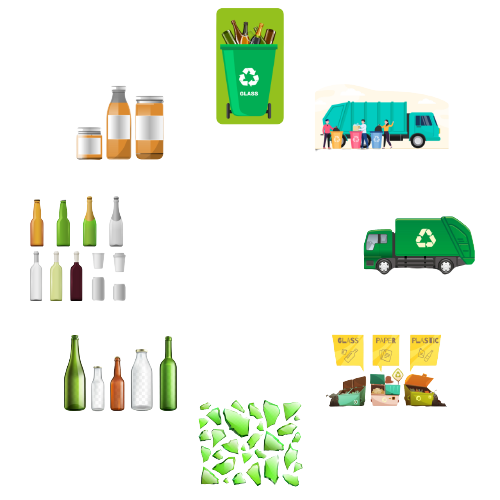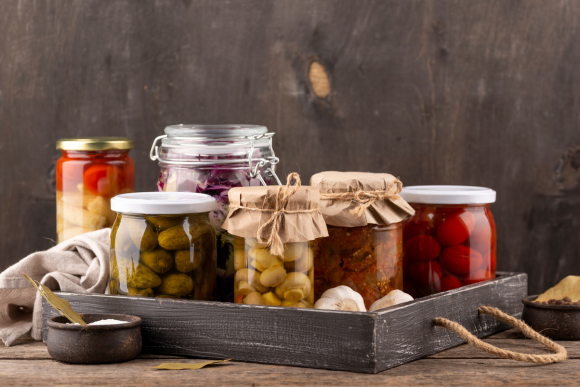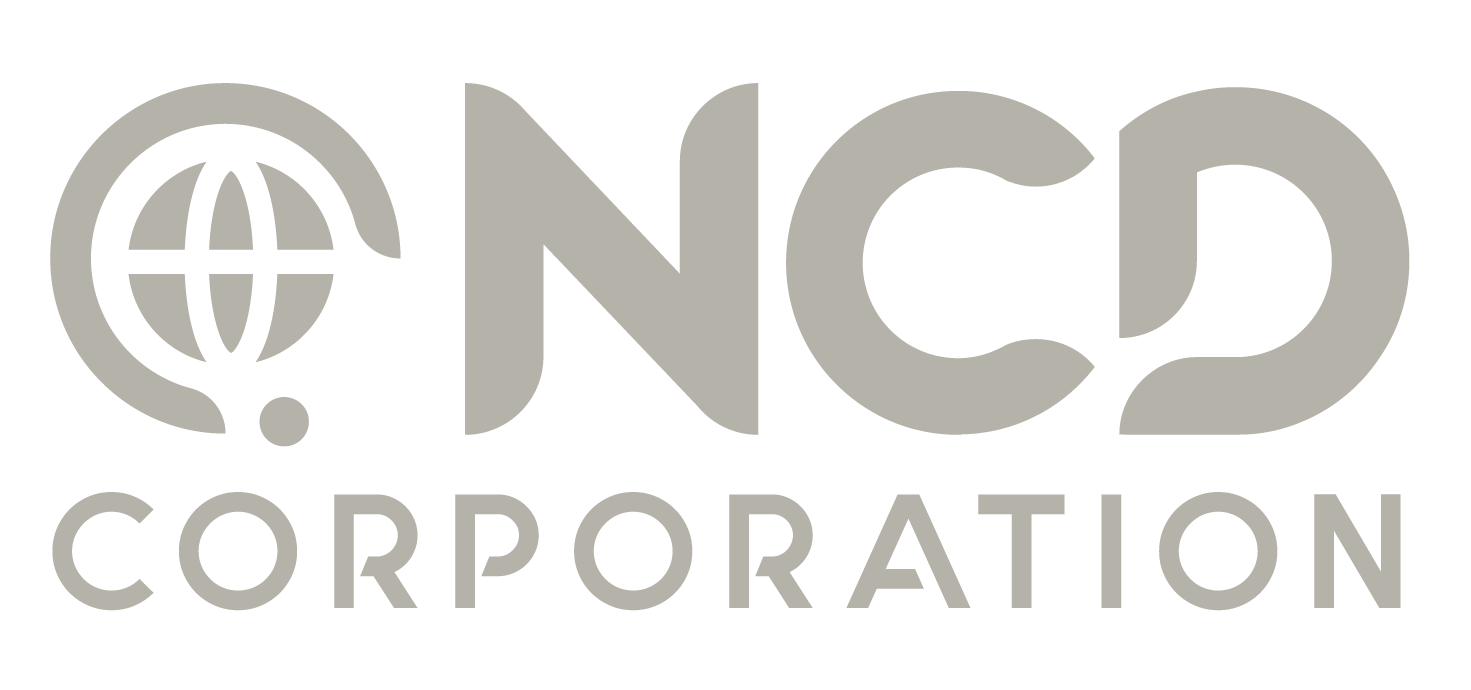Glass is a 100% recyclable material that has been a symbol of ‘Reuse, Recycle. Reduce’. They can be recycled endlessly without loss in quality or purity, something few food and beverage packaging options can claim.
Glass is made from readily-available domestic materials, such as sand, soda ash, limestone, and “Cullet” which is the industry term for furnace-ready recycled glass.
Recycled glass can be substituted for up to 95% of raw materials.
Glass Container Recycling Loop
Consumers purchase food and beverages in glass packaging
Recycled glass is sold to glass container manufacturers and made into new bottles and jars
Glass is separated from trash and other contaminants, and then sorted by color
Recyclables are placed in curbside bins, business recycling containers, and/or brought to local recycling drop-off locations.

Glass from the MRF and drop-off locations is now sent to a glass processing company
Recyclables are collected from drop-off locations
They are delivered to a material recovery facility (MRF)*
They are further separated by material types

Recycling Benefits for Manufacturers:
- Recycled glass reduces emissions and consumption of raw materials.
- It extends the life of plant equipment, such as furnaces.
- It saves energy.
Recycled glass containers are always needed because glass manufacturers require high-quality recycled container glass to meet market demands for new glass containers. It is always part of the recipe and the more that is used, the less is energy needed.
This makes using recycled glass profitable in the long run, lowering costs for manufacturers and benefiting the environment.
The recycling approach that the industry favors is any recycling program that results in contaminant-free recycled glass.
Glass Recycling Statistics**:
- Glass bottles and jars are 100% recyclable and can be recycled endlessly without any loss in purity or quality.
- In 2018, according to the U.S. EPA
- 39.6% of beer and soft drink bottles were recycled.
- 39.8% of wine and liquor bottles were recycled.
- 15.0% of food and other glass jars were recycled.
- In total, 33.1% of all glass food and beverage containers were recycled.
- 3.35 million tons of recycled glass is annually purchased by the container & fiberglass industry collectively of which is all been remelted and repurposed into new containers and fiberglass products. (Sources: Precision Consulting, NAIMA)Over a ton of natural resources are saved for every ton of glass recycled.
- Energy costs drop about 2-3% for every 10% cullet used in the manufacturing process.
- 1 ton of carbon dioxide is reduced for every 6 tons of recycled container glass used in the manufacturing process.
- According to the Container Recycling Institute where there is a container deposit system in place through legislation the average glass container recycling rate reaches over 63% against 24% for places without recycling systems.
- Beverage container deposit systems provide 11 to 38 times more direct jobs than curbside recycling systems for beverage containers.
- Recycling 1,000 tons of glass creates slightly over 8 jobs.
**Source: Glass Recycling Facts – Glass Packaging Institute (gpi.org)

Contact Us to learn more about our Glass Products
